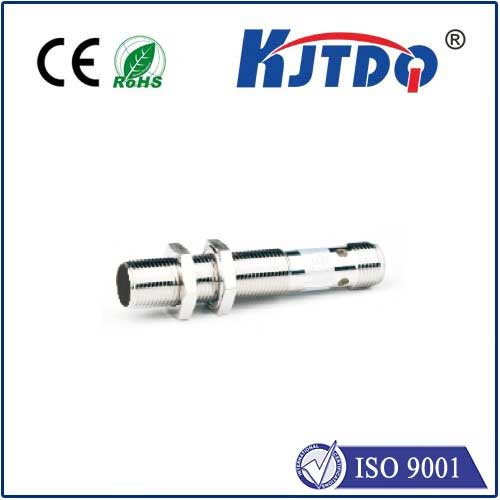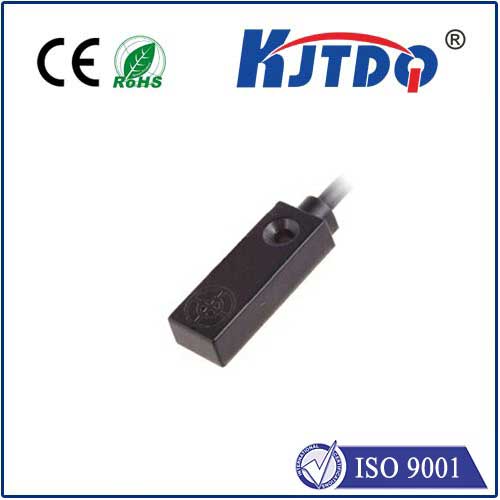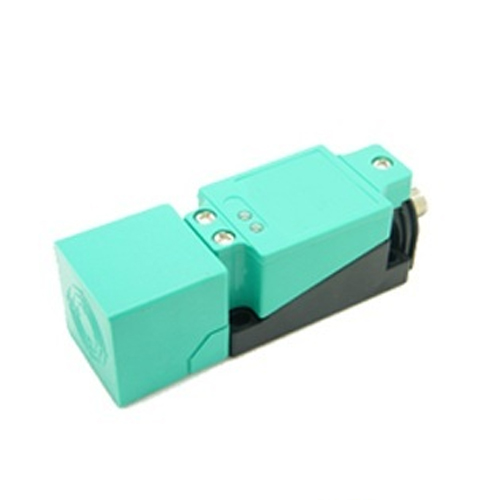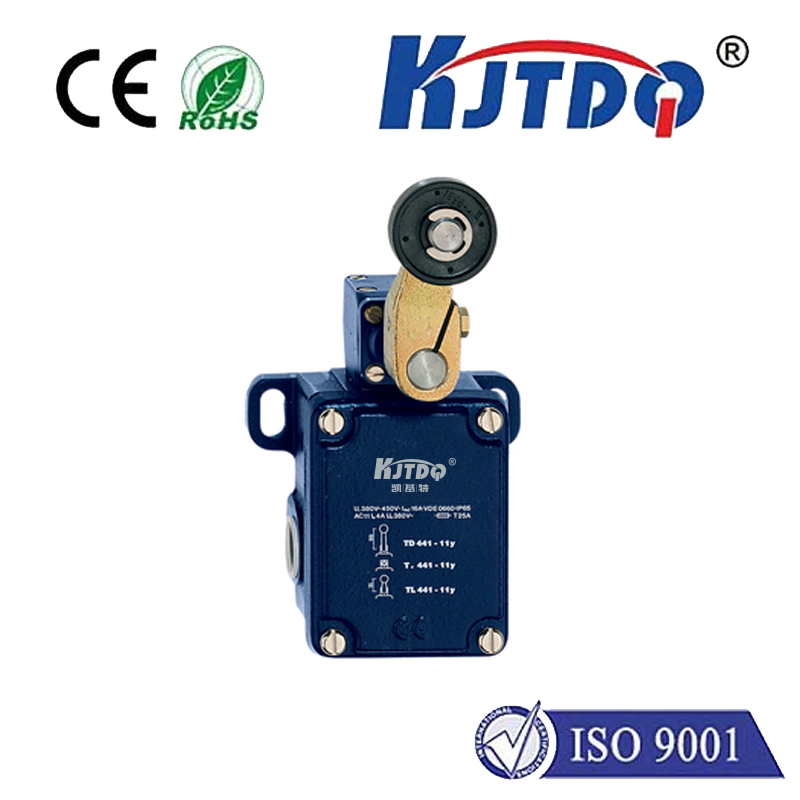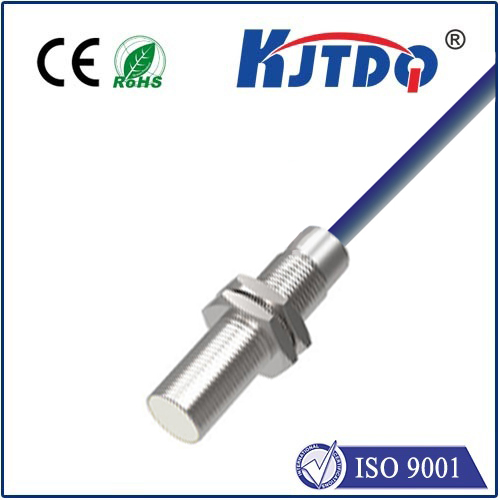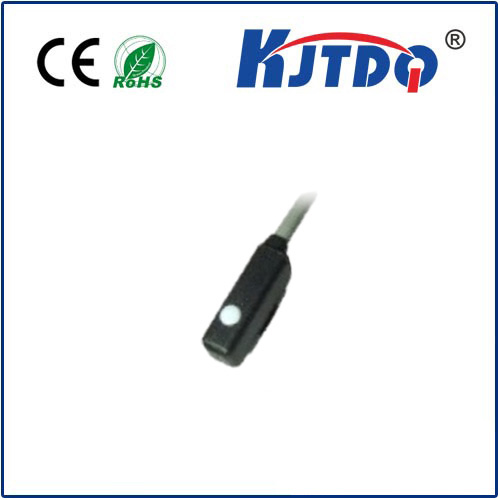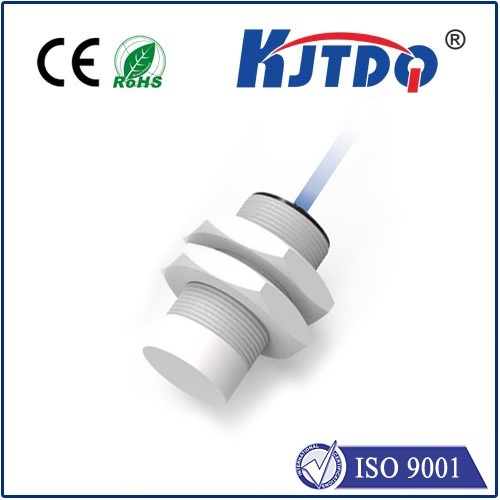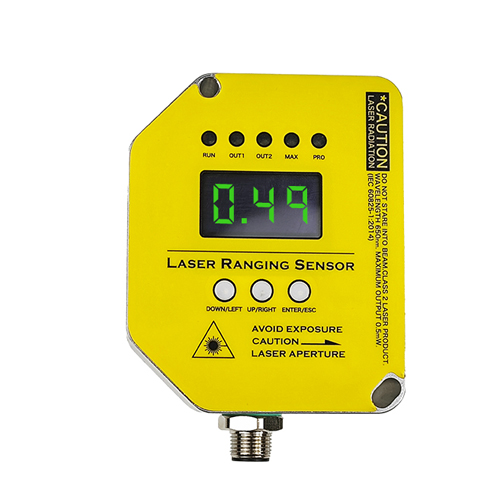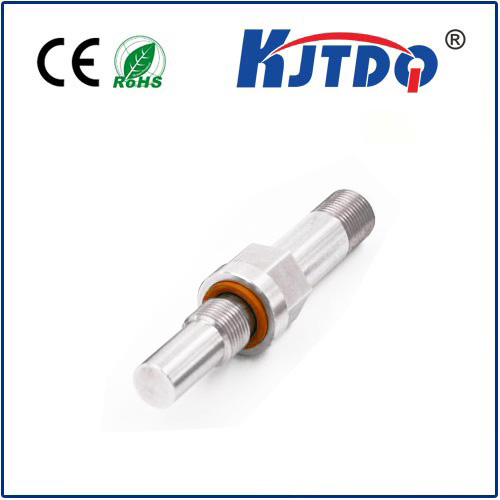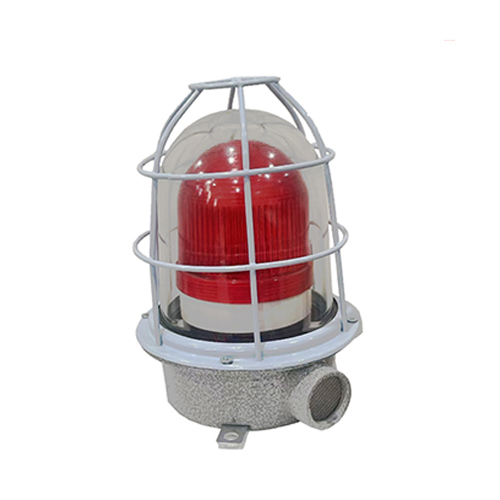

check

check

check

check
Imagine a critical machine on your production line suddenly stops. Investigation points to a worn mechanical limit switch failing to register a part’s position. Downtime costs pile up, orders get delayed. Often, the culprit is contact-based sensing succumbing to physical wear, dirt, or harsh conditions. This is where the BES04TY proximity sensor shines as a robust, reliable alternative, offering precise non-contact detection to keep your operations smooth and efficient.
The BES04TY represents a specific model within a broad category of industrial sensing devices: inductive proximity sensors. Developed by leading manufacturers like Balluff (though other reputable brands may offer compatible or similarly named variants), this sensor is engineered for non-contact detection of metallic targets. Its core function is simple yet vital: detect the presence or absence of a metal object within its sensing range without physical touch, using an electromagnetic field. This fundamental principle makes it indispensable in countless automation scenarios.
At the heart of the BES04TY proximity switch lies a high-frequency oscillator circuit. This circuit generates a constantly changing electromagnetic field emanating from the active face (sensing surface) of the device. When a conductive metal target (like steel, aluminum, brass, or copper) enters this field, it disrupts the electromagnetic flux. This disruption induces small electrical currents within the target material – called eddy currents – which, in turn, draw energy away from the sensor’s internal oscillator circuit. The sensor’s sophisticated electronics detect this energy loss, triggering a change in its output state (e.g., turning a solid-state transistor switch ON or OFF). When the metal target moves away, the field stabilizes, and the output reverts to its original state. This non-contact principle ensures exceptional longevity and reliability, eliminating issues like mechanical wear or contact bounce common in physical switches.

What makes the BES04TY sensor a preferred choice in its class? Its design incorporates several features aimed at performance and durability in challenging industrial settings:
The BES04TY finds its place wherever robust, reliable detection of metal objects is crucial:
Industries like automotive manufacturing, packaging machinery, material handling systems, machine tools (CNC), and food & beverage processing heavily rely on the dependable performance of sensors like the BES04TY proximity sensor.
While many inductive proximity sensors exist, the BES04TY model often stands out due to its proven track record of durability and performance consistency within its operational specifications. Its metallic housing provides superior protection compared to plastic-bodied sensors in highly abrasive or chemically aggressive environments. The standardized design ensures ready availability and straightforward replacement when needed. Furthermore, its immunity to oil, coolants, dust, and non-metallic contaminants minimizes false triggers and maintenance headaches. Choosing the BES04TY proximity switch often translates directly to increased machine uptime and reduced operational costs.
Understanding crucial specifications is key to successful integration. Always refer to the specific manufacturer’s datasheet, but common specs for a BES04TY include:
In the relentless world of industrial automation, component reliability is non-negotiable. The BES04TY proximity sensor embodies this principle. Its rugged construction, proven inductive sensing technology, and resistance to harsh industrial realities make it far more than just a component; it is a fundamental element for ensuring consistent, efficient, and reliable machine operation. Whether monitoring position on a high-speed assembly line, counting parts in a dusty warehouse, or safeguarding critical equipment, the BES04TY delivers the dependable performance needed to minimize downtime and maximize productivity.
